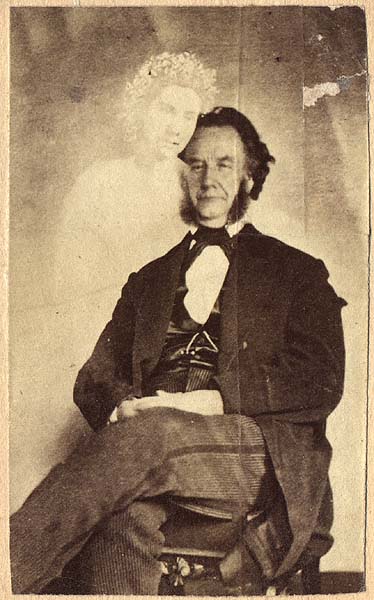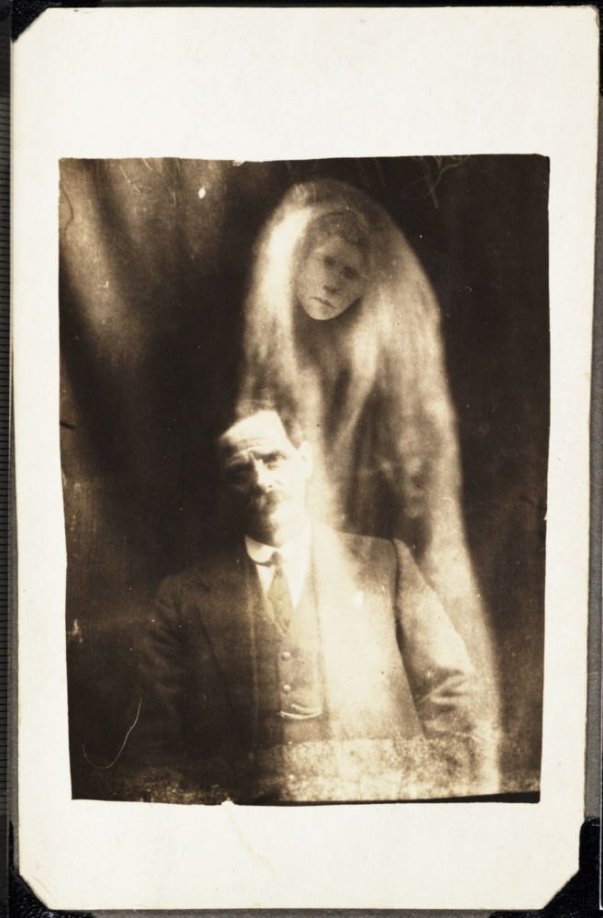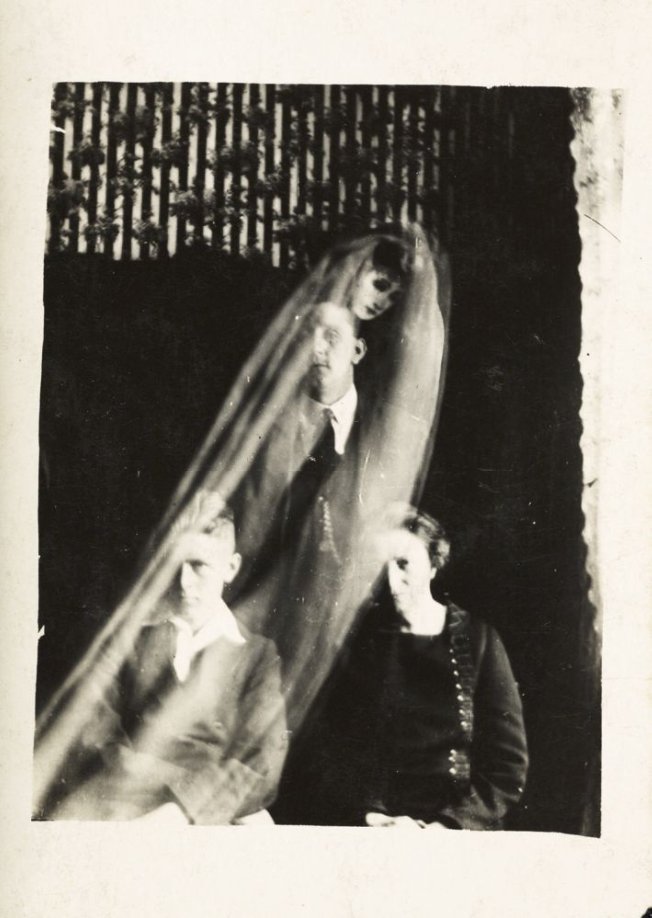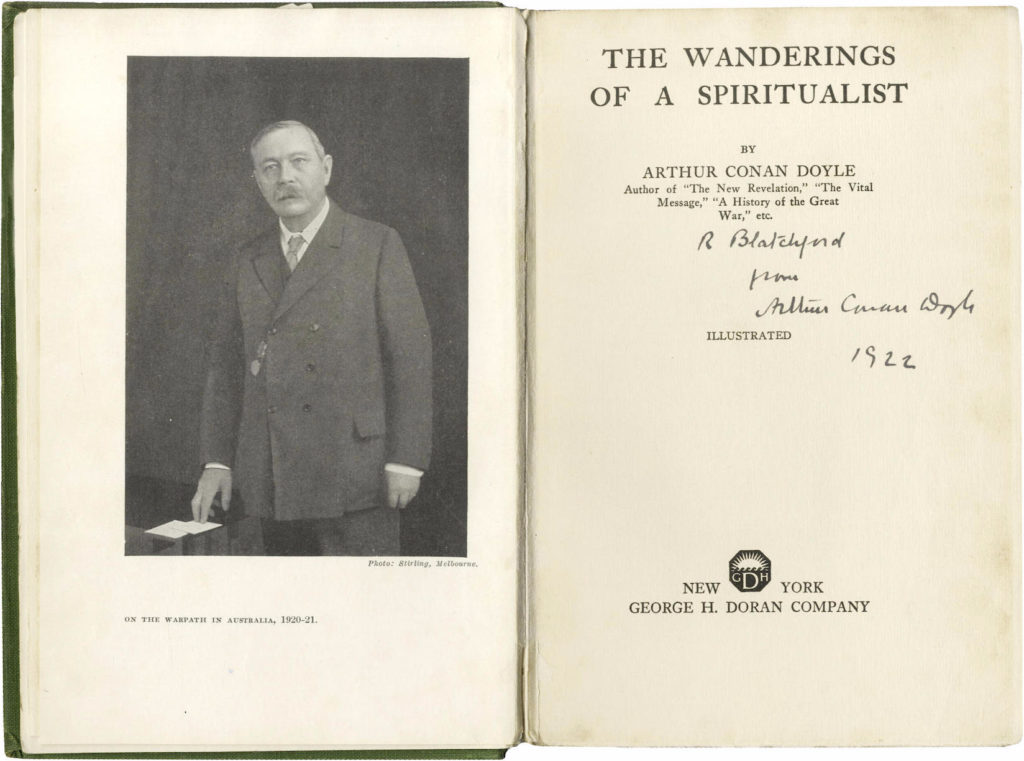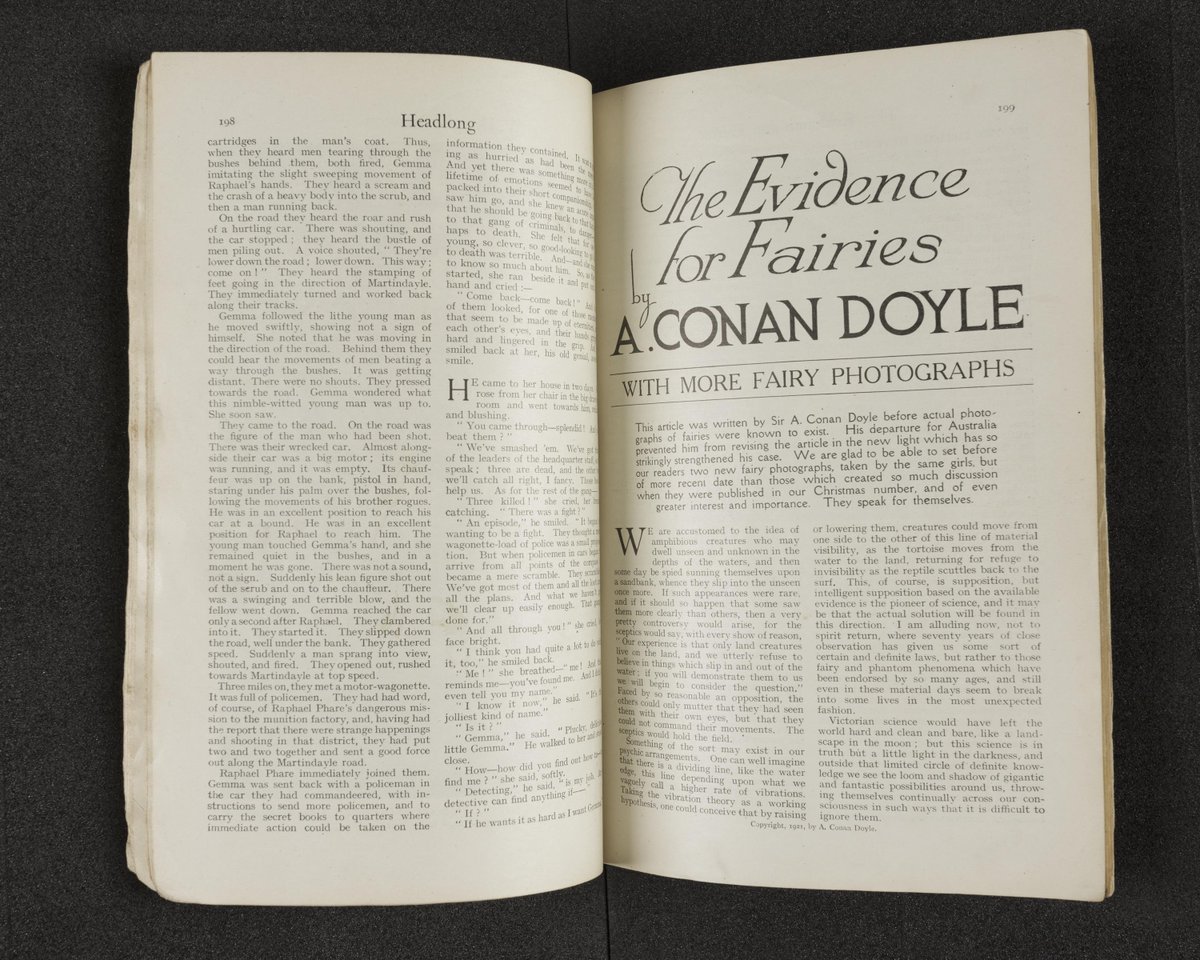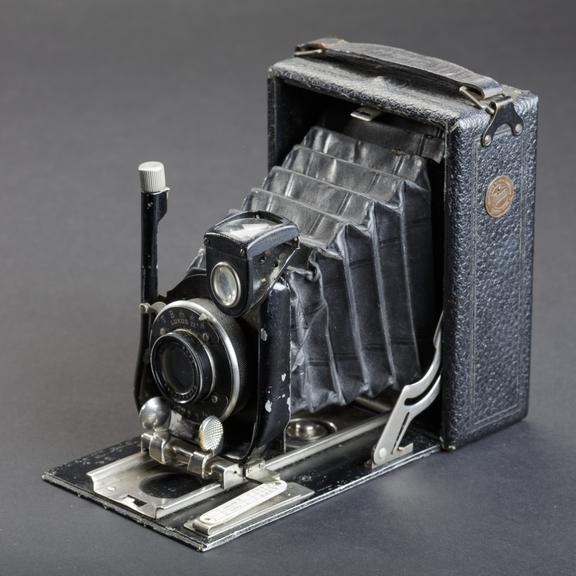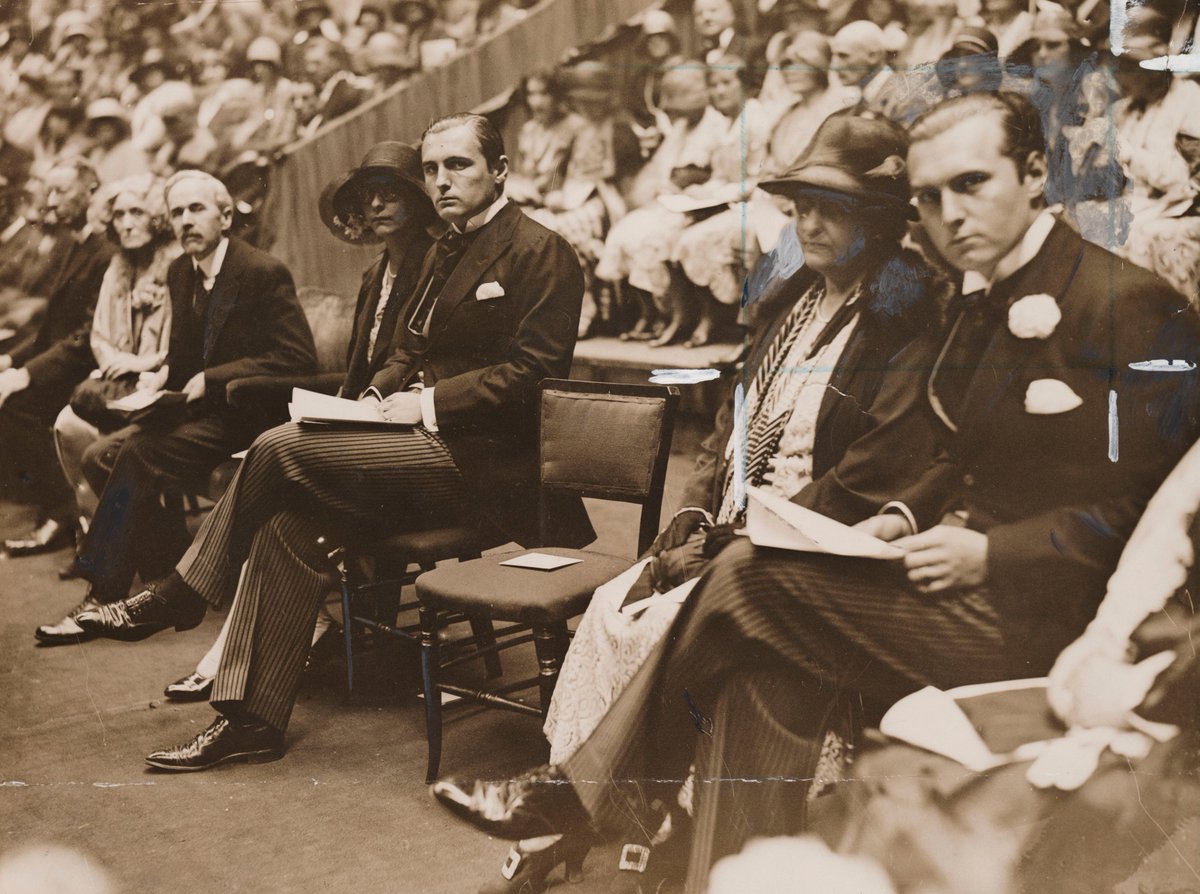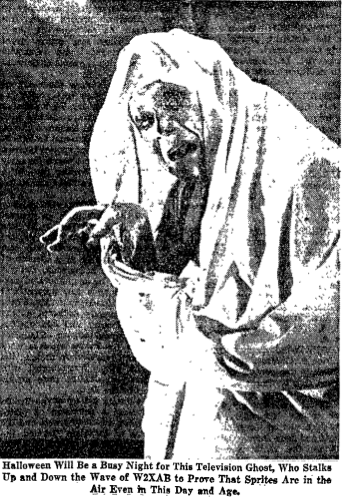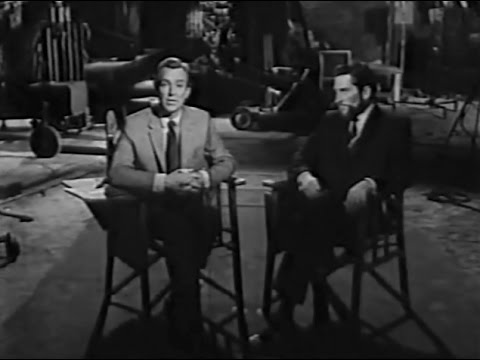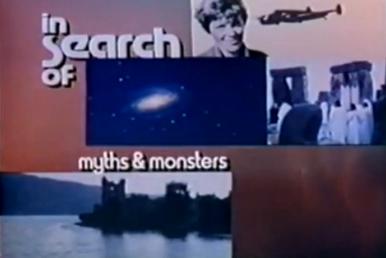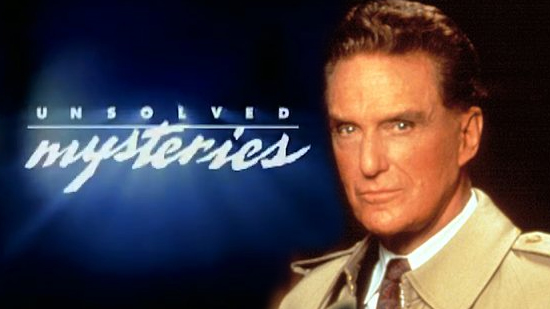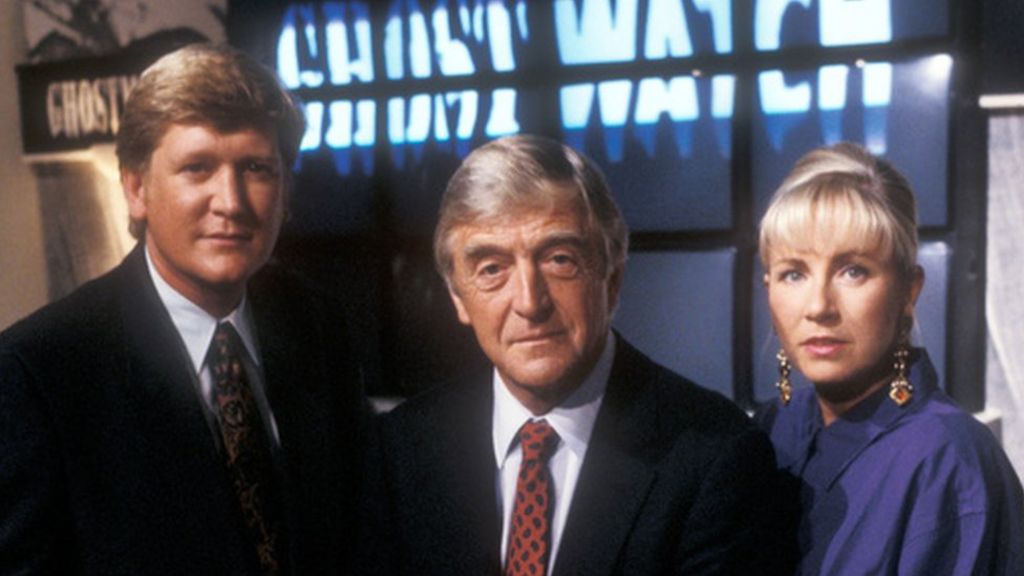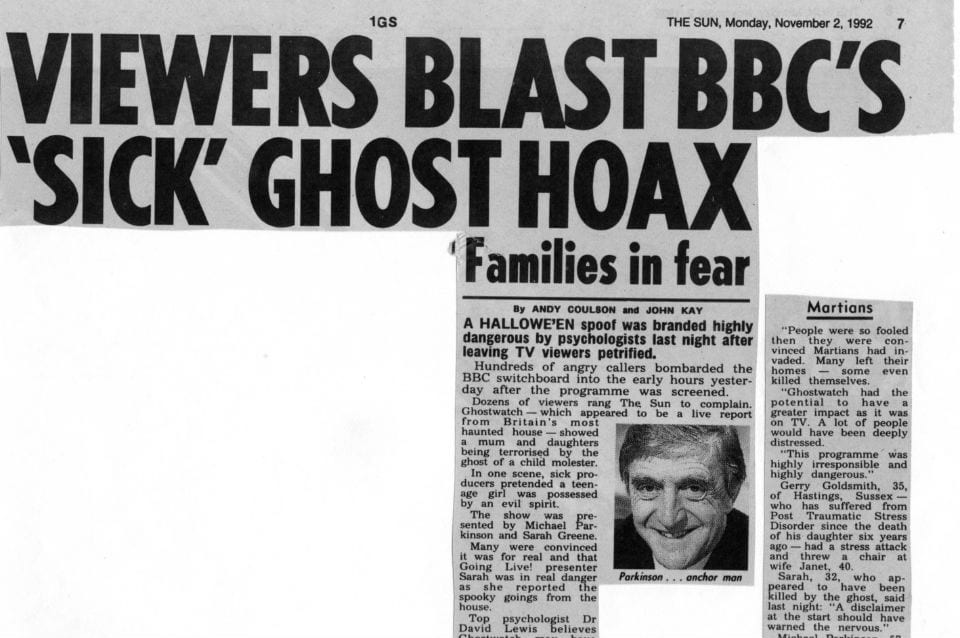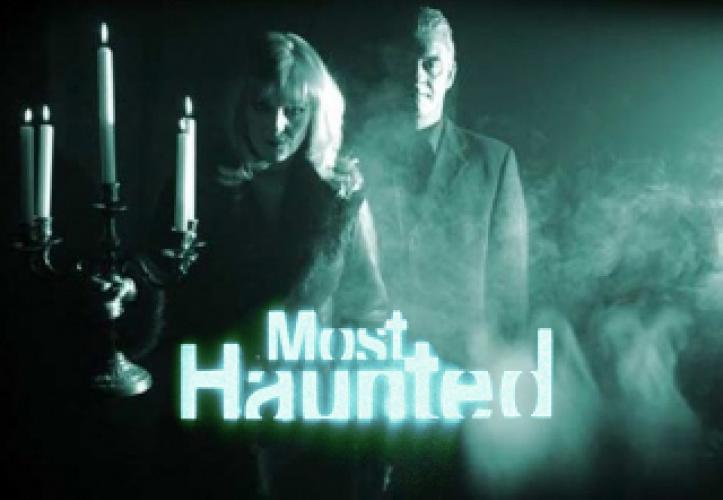From photographs, to voice recordings, to televised ghost hunts, people have been using media technology to document paranormal encounters for hundreds of years, but is anyone really there?
 https://abs.twimg.com/emoji/v2/... draggable="false" alt="👻" title="Geist" aria-label="Emoji: Geist"> A spooky thread
https://abs.twimg.com/emoji/v2/... draggable="false" alt="👻" title="Geist" aria-label="Emoji: Geist"> A spooky thread  https://abs.twimg.com/emoji/v2/... draggable="false" alt="👻" title="Geist" aria-label="Emoji: Geist">
https://abs.twimg.com/emoji/v2/... draggable="false" alt="👻" title="Geist" aria-label="Emoji: Geist">
Back in the 1800s, Spiritualism was on the rise. The advances in media technology of the time created new opportunities for communicating with the dead.
The ideas were so popular that Thomas Edison was even asked if his inventions could be used to communicate with spirits.
The ideas were so popular that Thomas Edison was even asked if his inventions could be used to communicate with spirits.
The first examples of ‘spirit photography’ were by William H. Mumler in the 1860s. The technique, which uses double exposures to create the effect of a faint presence in an image, was discovered by accident.
Mumler found there was a market for this, and began working as a medium, making people think their lost loved ones were in photographs with them.
Mumler was eventually found to be a fraud, after he started including the ‘spirits’ of living people in his images. Rookie error.
Mumler was eventually found to be a fraud, after he started including the ‘spirits’ of living people in his images. Rookie error.
Mumler’s hoax didn’t stop others from practicing spirit photography and it remained popular among Spiritualists and the public alike into the 20th century.
We have some examples of William Hope’s spirit photographs in our collection. 10/10 spooky stuff.
We have some examples of William Hope’s spirit photographs in our collection. 10/10 spooky stuff.
One of the most famous Spiritualists of the time was Sir Arthur Conan Doyle. Yes, the Sherlock Holmes author was an outspoken believer in the supernatural.
His beliefs didn’t stop at ghosts. In the 1920s Conan Doyle wrote about the Cottingley Fairies photographs, believing they were real.
We have the cameras Elsie Wright and Frances Griffiths used to take the photos in our collection, including one gifted to them by Conan Doyle.
We have the cameras Elsie Wright and Frances Griffiths used to take the photos in our collection, including one gifted to them by Conan Doyle.
After Sir Arthur Conan Doyle died, a mass séance was held at the Royal Albert Hall. This image from the Daily Herald Archive shows an empty seat left for Conan Doyle at the séance.
The voices of the sprits conjured that evening were recorded, in an early example of EVP (electronic voice phenomenon). Many believed that Conan Doyle was one of the spirits present that night.
The @britishlibrary have a blog which features a recording from the evening. Is it really Conan Doyle, or was it cleverly doctored? https://britishlibrary.typepad.co.uk/english-and-drama/2014/05/the-spirit-voice-of-sir-arthur-conan-doyle.html">https://britishlibrary.typepad.co.uk/english-a...
While Spiritualism as a religion lost popularity in the early 20th century, our fascination with ghosts didn’t. In America, one of the very first televised series was The Television Ghost, in which actors would play ghosts telling the stories of their murders.
The first example of ‘Paranormal Television’, a genre of reality TV exploring ‘real’ paranormal experiences, was One Step Beyond, which was first broadcast in 1959. One Step Beyond explored more than just ghost stories, but anything that could not be explained by logic.
In the 1970s Leonard Nemoy presented In Search Of…, which paved the way for many of the paranormal series we have today. The show explored all things from UFOs, cryptids, unsolved mysteries, monsters, ghosts, cults and conspiracies. It ran for six seasons.
Unsolved Mysteries, which has seen a recent revival on Netflix, was another very popular show of the Paranormal Television genre. As the name suggests, it covered, well, unsolved mysteries. The original series ran for over a decade. That’s a lot of mysteries.
In 1992, one of the most infamous Paranormal Television shows aired in the UK. Ghostwatch, which was presented by Michael Parkinson, Sarah Greene, Mike Smith, and Craig Charles, was created in a documentary style, exploring supposed poltergeist activity in London.
The show ends with (spoiler alert) Sarah Greene getting dragged out of a door and Michael Parkinson getting possessed. Honestly, wild.
Although the show was never billed as factual, this was BBC One with trustworthy presenters, and people really believed what they were seeing. The show had over 30,000 complaints and was banned from airing for a decade.
Another classic of British paranormal shows was Most Haunted. The show was presented by Yvette Fielding and followed the team, which often included medium Derek Acorah, as they travelled to haunted locations across the country in search of ghouls.
So. Much. Night-vision.
So. Much. Night-vision.
In more recent times, Paranormal Television has gone online, with web series such as Buzzfeed Unsolved proving hugely popular (shout out to friend of the museum @shanemadej and all you Ghouligans out there).
And now we can get our paranormal fix while at our desks, relaxing at home or out on walks with countless podcasts dedicated to the unknown, such as the Last Podcast on the Left, This Paranormal Life, Unexplained, and Not Alone.
Over the years, many of the ghosts and ghouls captured using media technology have been hoaxes or created purely for entertainment, but can we say definitively that ghosts aren’t real? That one remains… unsolved.

 Read on Twitter
Read on Twitter
